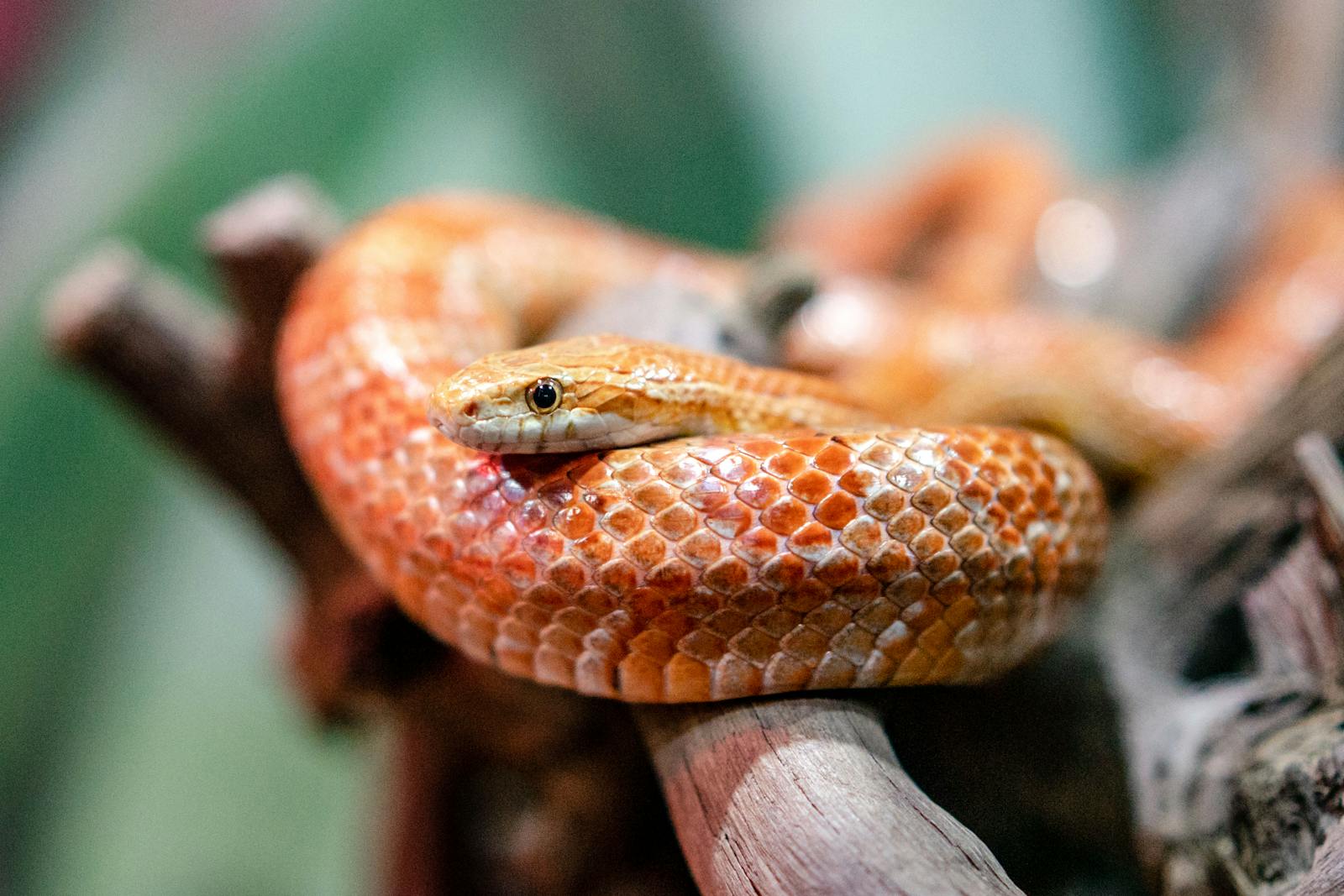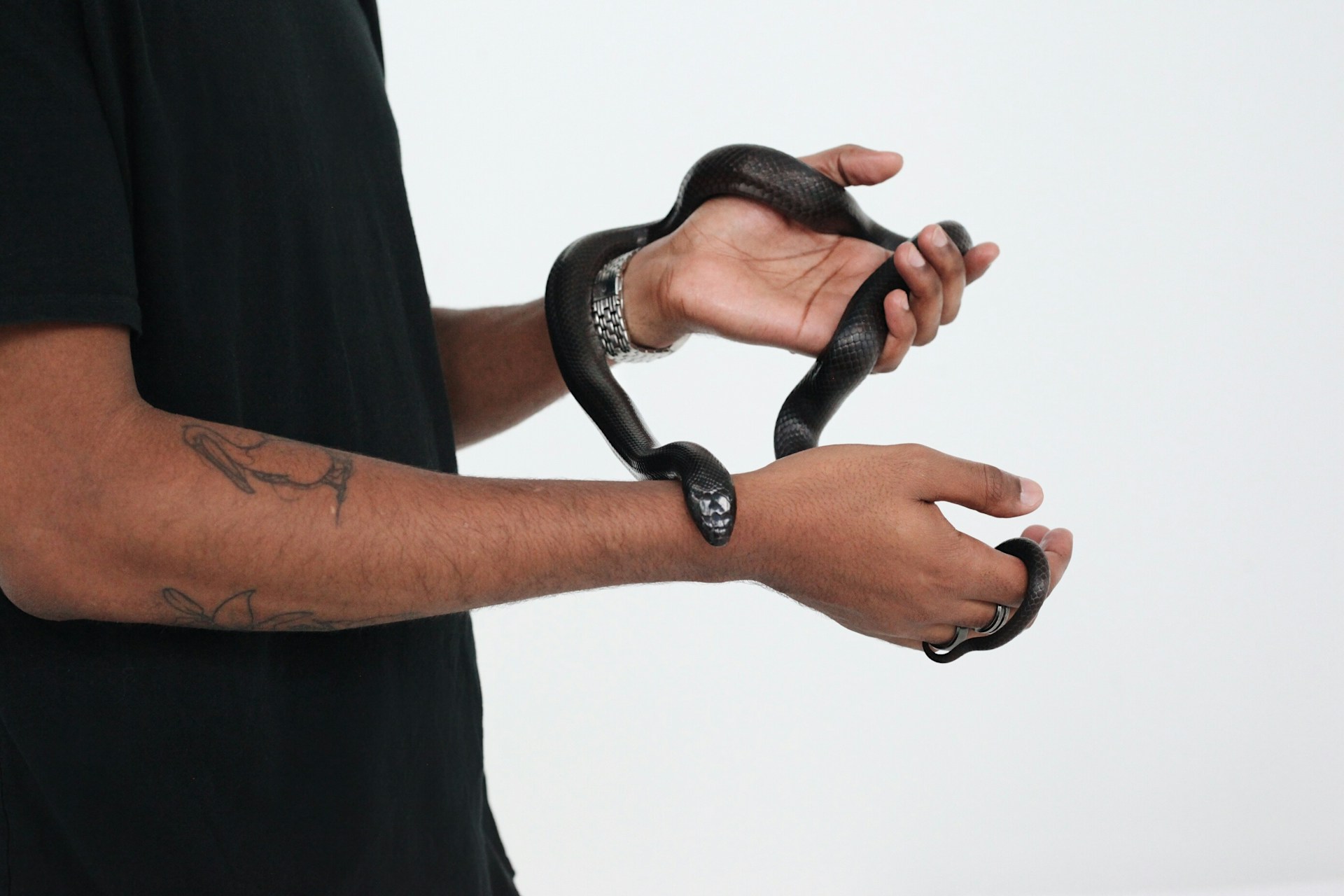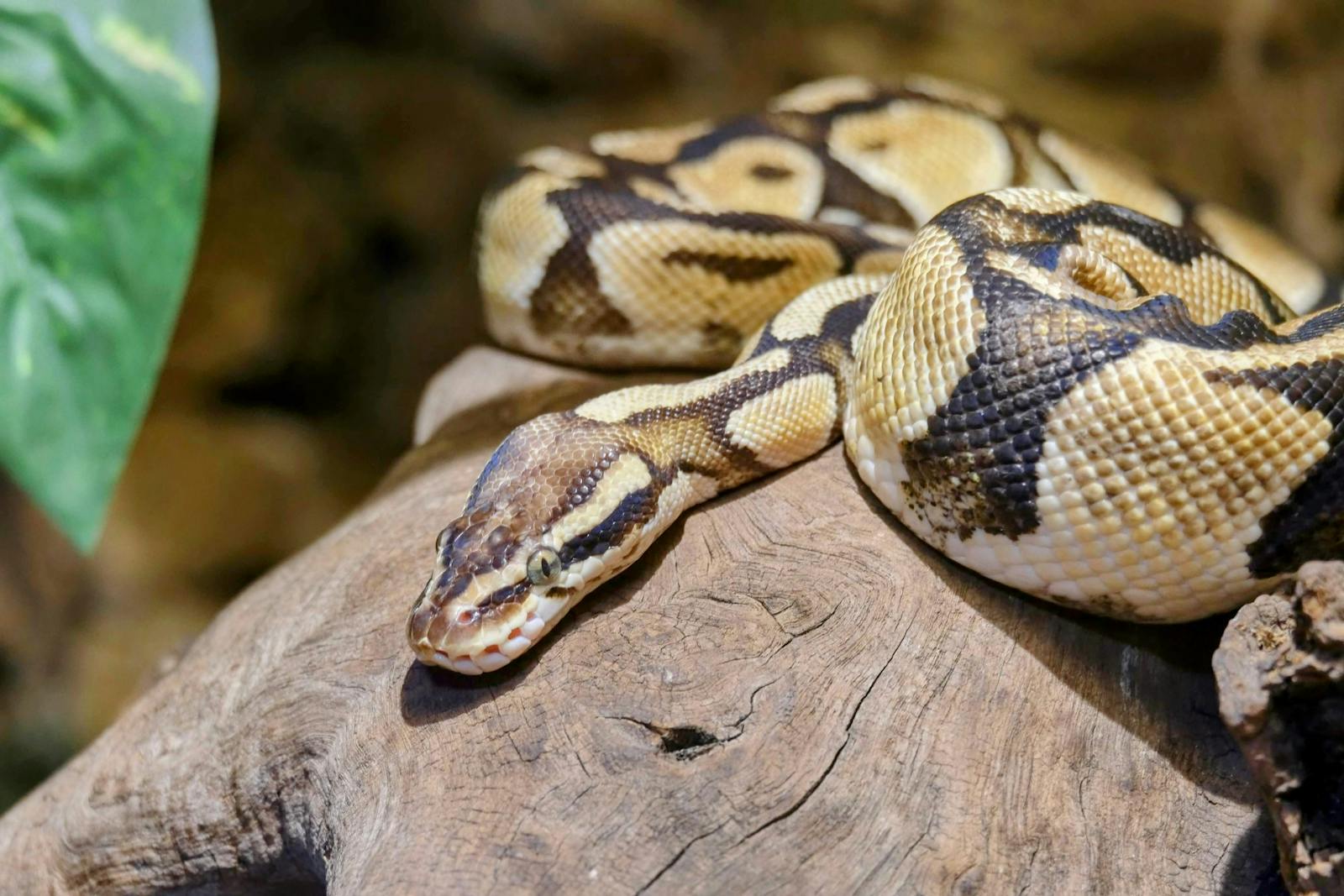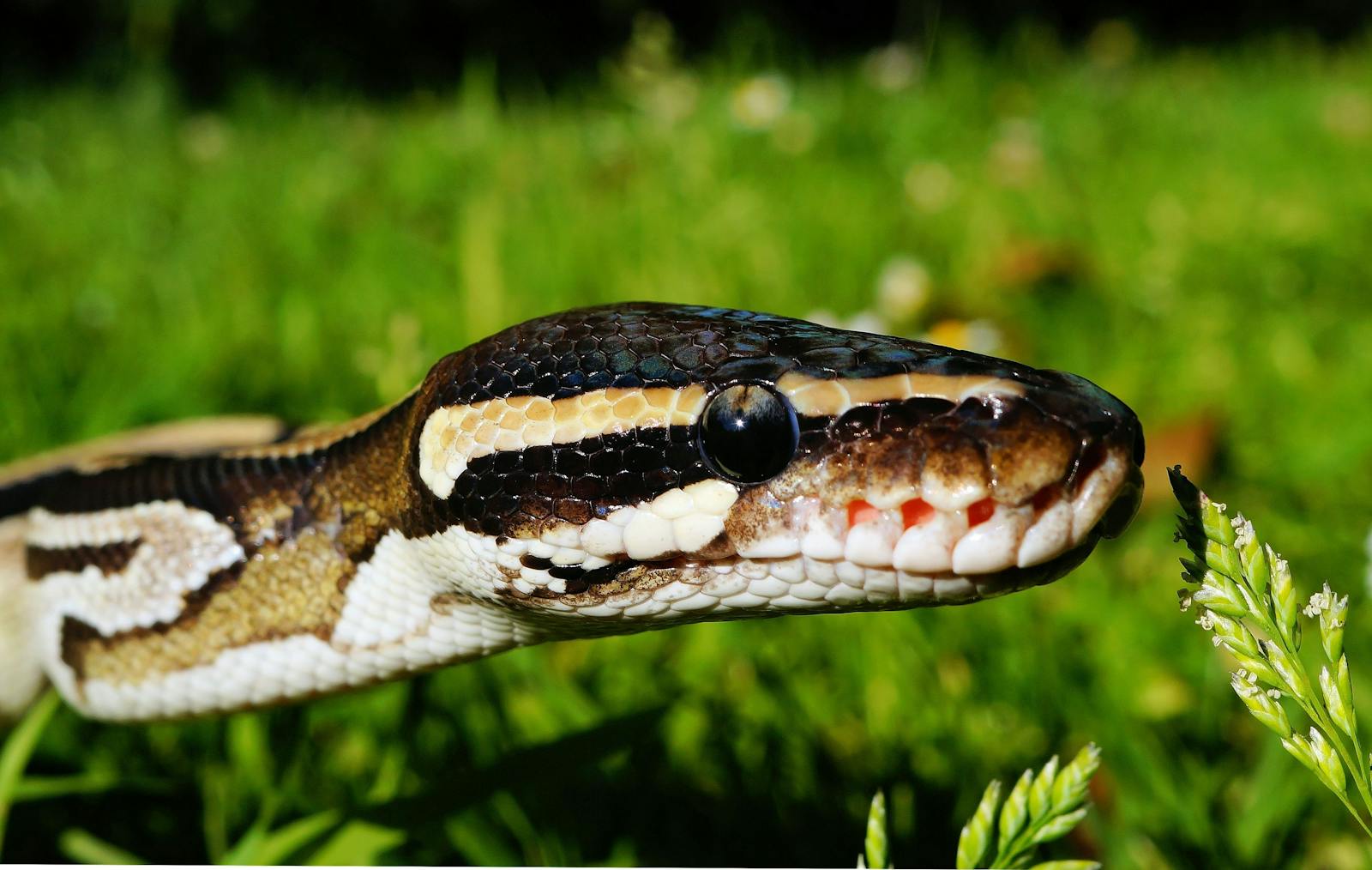In the fascinating world of reptiles, non-venomous snakes have evolved a remarkable array of defensive strategies despite lacking the venomous bite that many of their relatives possess. These resourceful creatures, comprising about 85% of all snake species worldwide, have developed sophisticated and often surprising methods to deter predators and ensure their survival. From elaborate physical displays to chemical deterrents, non-venomous snakes demonstrate nature’s ingenuity in creating defense mechanisms that don’t rely on delivering toxic venom. Their adaptive strategies not only showcase evolutionary brilliance but also help us understand how creatures can thrive despite seeming disadvantages in the predator-prey arms race.
Mimicry: The Art of Deception
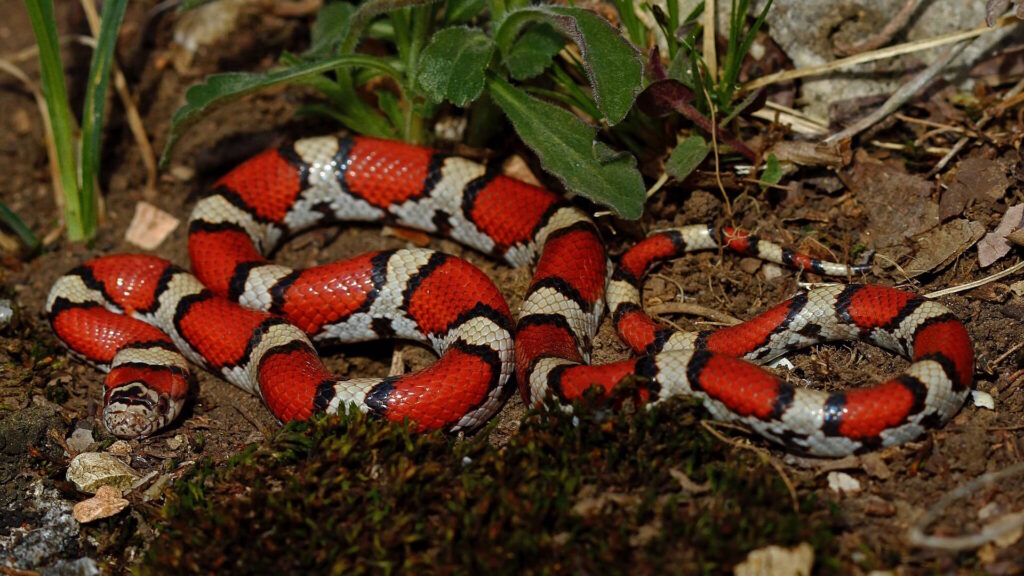
Many non-venomous snakes have evolved to mimic the appearance of their more dangerous venomous counterparts, a strategy known as Batesian mimicry. The harmless milk snake, for instance, displays the same vibrant red, black, and yellow banding pattern as the venomous coral snake, causing potential predators to avoid it despite its harmlessness. In North America, the scarlet kingsnake has perfected this deceptive coloration to such a degree that even experienced herpetologists must carefully examine head patterns or remember rhymes like “red touch yellow, kill a fellow; red touch black, friend of Jack” to distinguish between the mimics and the truly dangerous species. This evolutionary strategy proves so effective that even in regions where venomous models have become less common, the mimics maintain their warning coloration because predators continue to associate these patterns with danger.
Playing Dead: The Ultimate Bluff

Perhaps one of the most dramatic defensive displays in the snake world is thanatosis, or death-feigning, most famously employed by the North American hognose snake. When threatened, these remarkable reptiles will roll onto their backs, open their mouths, let their tongues hang out, and may even release a foul-smelling musk while completely relaxing their bodies to mimic the appearance and smell of decomposition. This performance can be so convincing that the snake appears genuinely deceased, even when physically manipulated or moved. What makes this strategy particularly effective is that many predators avoid consuming dead prey due to the potential risk of disease or toxins that might have caused the death. The dedication to this act is impressive, with some hognose snakes maintaining their “dead” posture for up to 15 minutes before cautiously checking if the threat has passed and then resuming normal behavior.
Hissing and Inflation: Sound and Size Intimidation
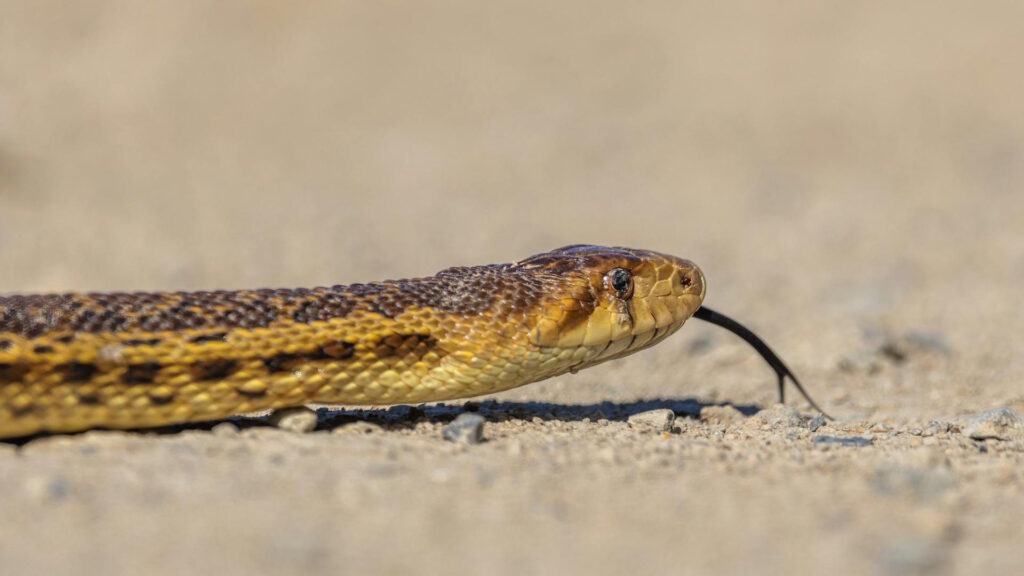
When confronted with potential threats, many non-venomous snakes employ acoustic and visual intimidation by forcefully expelling air to create loud hissing sounds while simultaneously inflating their bodies to appear larger. The common gopher snake exemplifies this tactic by flattening its head and body while producing a convincing hiss that mimics the warning sound of a rattlesnake. Bull snakes take this strategy even further by not only hissing loudly but also rapidly vibrating their tails against dry leaves or debris, creating a sound remarkably similar to a rattlesnake’s warning. This acoustic mimicry proves particularly effective in environments where rattlesnakes naturally occur, as predators have evolved to recognize and avoid these warning signals. The combination of increased apparent size and threatening sounds often provides enough deterrence to make a potential predator reconsider its attack, allowing the snake to escape without physical confrontation.
Chemical Defense: Musk and Fecal Matter

When physically threatened, many non-venomous snakes resort to chemical warfare by releasing malodorous substances from specialized glands located near their cloaca. The common garter snake, for example, produces a pungent musk that not only smells revolting but can also cause irritation to the eyes and mucous membranes of would-be predators. These defensive secretions often contain compounds like indoles, phenols, and various sulfur-containing molecules that have evolved specifically to trigger disgust responses in mammals and birds. Some species, including certain water snakes, augment this chemical defense by simultaneously voiding their bowels, creating an even more repulsive combination that effectively discourages handling or consumption. The effectiveness of this strategy is evidenced by the fact that many predators will immediately drop a snake after being subjected to this foul cocktail, providing the snake with a crucial opportunity to escape while the predator attempts to rid itself of the offensive substances.
Coiling and Striking Postures
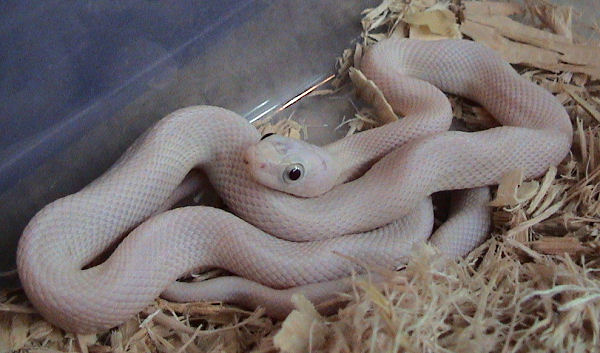
Non-venomous snakes frequently adopt threatening postures that suggest they’re prepared to deliver a dangerous bite, even when their bite would be relatively harmless. The rat snake, when cornered, will coil its body, raise its head in an S-shape striking position, and may even lunge forward in bluff strikes with a closed mouth. This intimidating display mimics the pre-strike posture of venomous vipers and can be convincing enough to deter predators who have evolved to recognize such warning signs. The western hognose snake combines this posture with an impressive neck-flattening display that makes its head appear cobra-like and much more threatening than its actual capabilities would warrant. These bluffing behaviors serve as effective first-line defenses, allowing the snake to potentially avoid physical confrontation altogether through psychological intimidation that exploits the predator’s innate caution around snake-like striking postures.
Tail Displays and Distraction Techniques

Several non-venomous snake species have evolved specialized tail displays that serve to redirect a predator’s attention away from their vulnerable head. The eastern indigo snake, for instance, will rapidly vibrate its tail tip against leaf litter when threatened, creating a distracting sound and movement that draws the predator’s focus to the less vital posterior end. Even more sophisticated is the strategy employed by certain species like the rubber boa, which has evolved a tail that resembles a head in both appearance and movement patterns. When threatened, these snakes will present their tail to the predator while hiding their actual head, effectively offering a decoy that can withstand attack without fatal consequences. Some colubrid snakes take this distraction technique further by performing elaborate, writhing tail displays with bright coloration that not only diverts attention but may also momentarily confuse the predator about which end poses the greater threat, buying crucial seconds for potential escape.
Regurgitation and Projectile Defecation
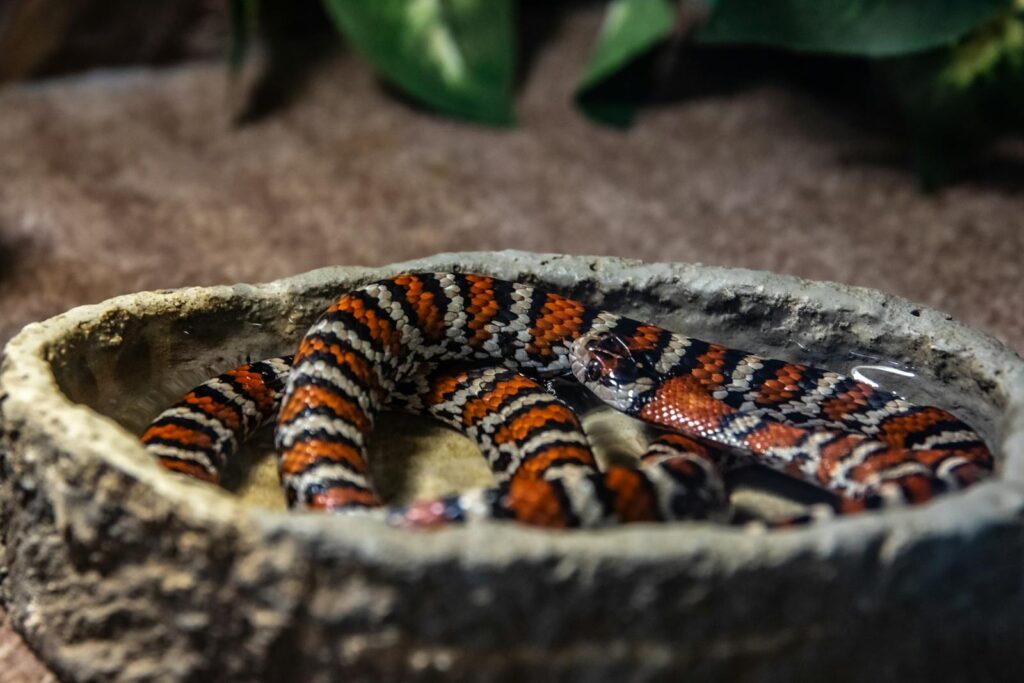
When faced with persistent threats, certain non-venomous snakes employ particularly unpleasant defensive tactics involving bodily emissions. Some species, including certain kingsnakes and rat snakes, will regurgitate recently consumed meals when handled or threatened, creating not only a repulsive display but also reducing their weight to facilitate faster escape. The defensive regurgitation serves multiple purposes: it disgusts predators, removes the energy burden of digestion during a high-stress situation, and may even serve as a distraction while the snake retreats. Even more dramatically, species like the western hognose snake have developed the ability to project their excrement surprising distances when handled, sometimes deliberately aiming at the face or body of the perceived threat. This targeted biological warfare proves remarkably effective against mammalian predators like foxes or coyotes, which typically have sensitive olfactory systems and strong aversions to such substances, causing them to release the snake immediately and potentially avoid similar prey in future encounters.
Freezing and Cryptic Coloration
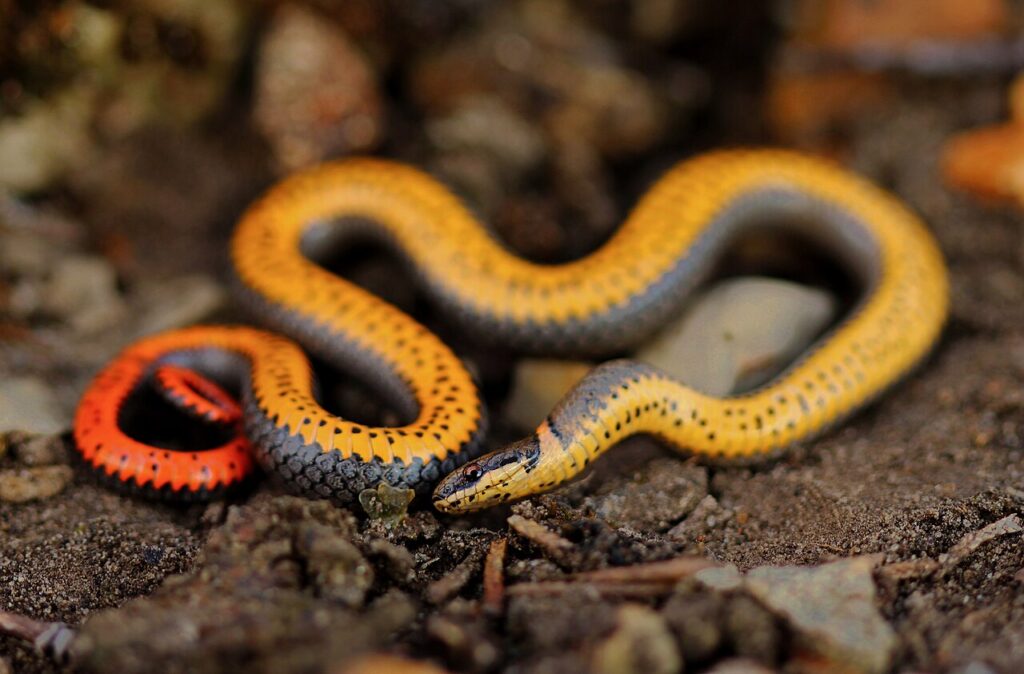
Many non-venomous snakes rely on the simple yet effective strategy of remaining perfectly motionless when they detect a threat, particularly if they possess cryptic coloration that blends with their environment. The ringneck snake exemplifies this approach, freezing in place upon detecting vibrations from approaching predators while its subtle patterning helps it virtually disappear against forest floor debris. This strategy exploits the fact that many predators, particularly birds and mammals, primarily detect prey through movement rather than stationary visual recognition. Some species like the northern pine snake have evolved extraordinarily effective camouflage patterns that break up their body outline when motionless, making them nearly invisible against their preferred substrate of pine needles and forest duff. The effectiveness of this passive defense is enhanced by the snake’s ability to regulate its breathing to minimize subtle movements, sometimes remaining completely still for hours until the threat has passed completely.
Escape Behaviors: Speed and Agility
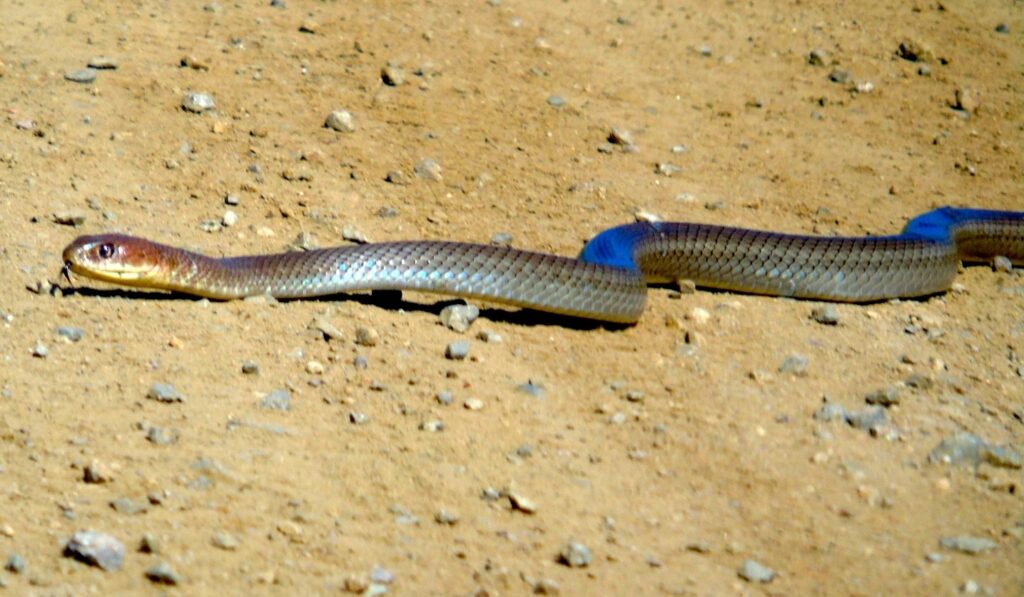
When other defensive strategies fail, non-venomous snakes often rely on their impressive locomotive abilities to flee from danger. The eastern racer, true to its name, can move at speeds up to 4 miles per hour across open ground, making it one of the fastest snakes in North America and capable of outpacing many potential predators. Whipsnakes have developed not only exceptional speed but also remarkable agility, able to navigate complex three-dimensional environments like dense brush or rocky terrain with rapid, unpredictable movements that confound pursuing predators. Many arboreal species like the rough green snake can execute precisely calculated leaps between branches when threatened, sometimes dropping substantial distances to the ground before rapidly moving to new cover. The efficiency of snake locomotion is particularly evident in species like the coachwhip, which can maintain high speeds for surprising distances, combining their lateral undulation with strategic use of terrain features to create a pursuit course that disadvantages most predators.
Habitat Selection and Retreat Sites
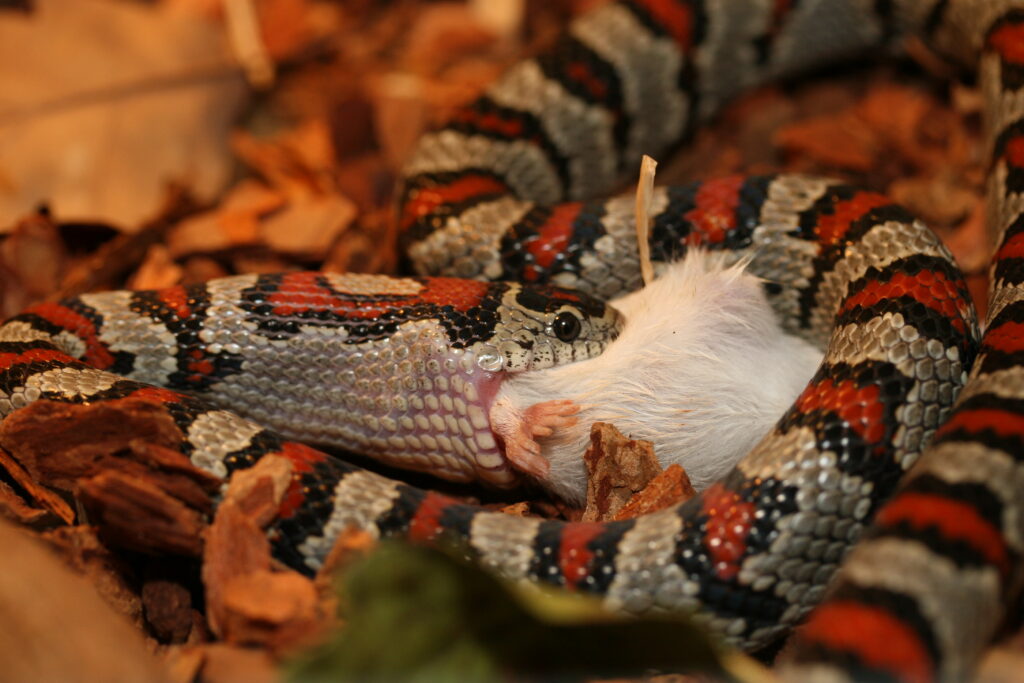
A preventative defense strategy employed by many non-venomous snakes involves careful selection of habitat and retreat sites that provide natural protection from predators. Kingsnakes and milk snakes, for example, are often found near rock outcroppings with numerous narrow crevices that allow the snake access but physically prevent entry by larger predators like hawks or foxes. Many fossorial (burrowing) species like the western shovel-nosed snake have evolved specialized head shapes and reinforced skull structures that enable them to quickly dive into loose sand or soil when threatened, disappearing from sight within seconds. Aquatic specialists such as water snakes maintain territories near complex underwater structures like submerged logs or dense vegetation beds that provide immediate escape routes when danger approaches from land or air. This strategic habitat selection represents a form of behavioral adaptation that minimizes the need for active defense by reducing the frequency of predatory encounters altogether.
Constriction as Defense
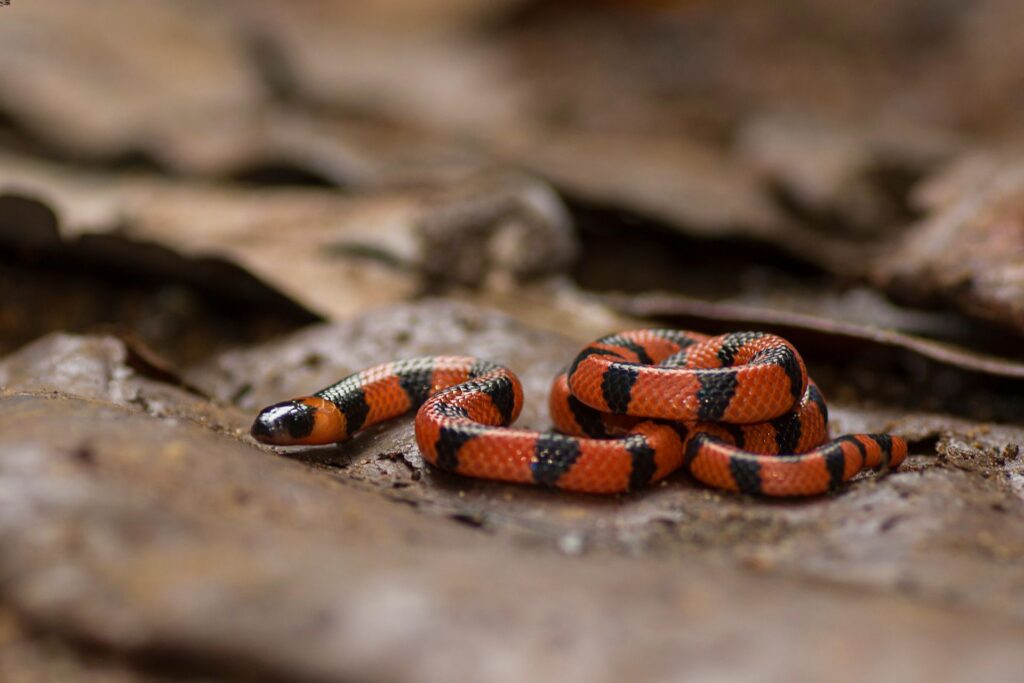
While constriction is primarily a feeding mechanism for many non-venomous snakes, some species have adapted this ability as a defensive strategy when cornered or captured. The common kingsnake, for instance, can rapidly wrap its powerful body around a predatory snake or small mammal that attempts to capture it, applying sufficient pressure to force the attacker to release its grip. This defensive constriction differs from feeding behavior in its rapid application and release pattern, designed not to kill but to create an opportunity for escape. Even relatively small species like garter snakes will attempt to coil around fingers or appendages when handled, using what limited constricting strength they possess as a form of resistance. The effectiveness of this strategy is particularly evident when non-venomous constrictors encounter their natural predators like kingsnakes or racers, as the counter-constriction can create a stalemate that sometimes allows the smaller snake to eventually escape the encounter.
Collective Defense in Aggregations
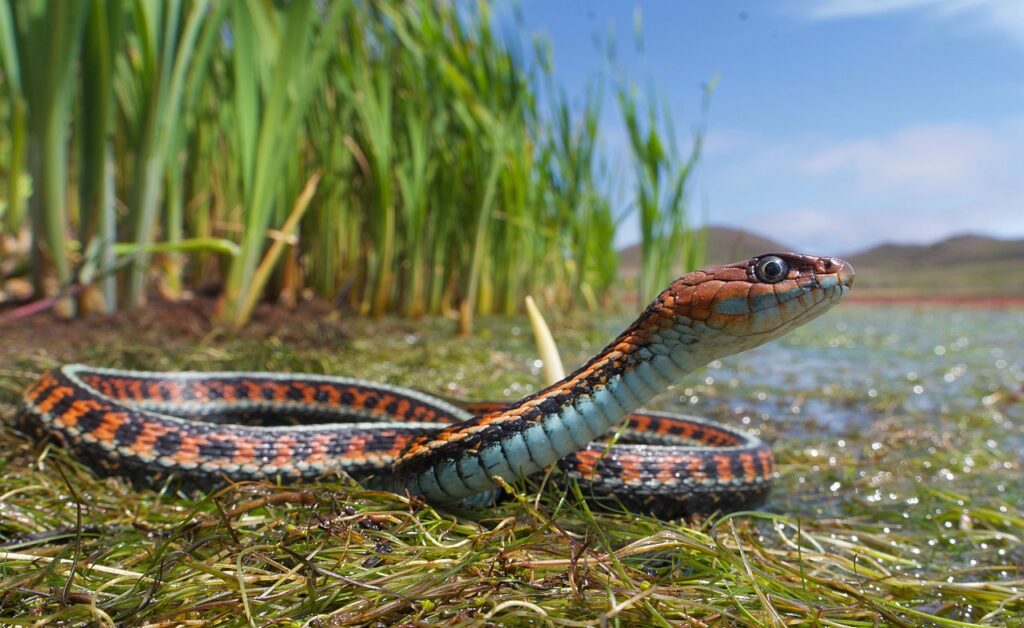
Several non-venomous snake species gain defensive advantages through aggregating in groups during certain periods, creating a form of collective security. Common garter snakes are well-known for forming large communal hibernacula during winter months, where hundreds or even thousands of individuals gather in suitable underground shelters. These aggregations create a “safety in numbers” effect, where the odds of any specific individual being targeted by a predator are statistically reduced. Some species like the plains garter snake will form defensive balls when threatened, with multiple individuals intertwining their bodies in a complex mass that confuses predators and makes it difficult to target any single snake. Remarkably, research has shown that in these aggregations, snakes may benefit from social information transfer, with individuals responding to stress pheromones released by conspecifics even before they personally detect a threat, essentially creating an early warning system that enhances collective survival rates during seasonal periods of vulnerability.
Seasonal Behavior Modifications
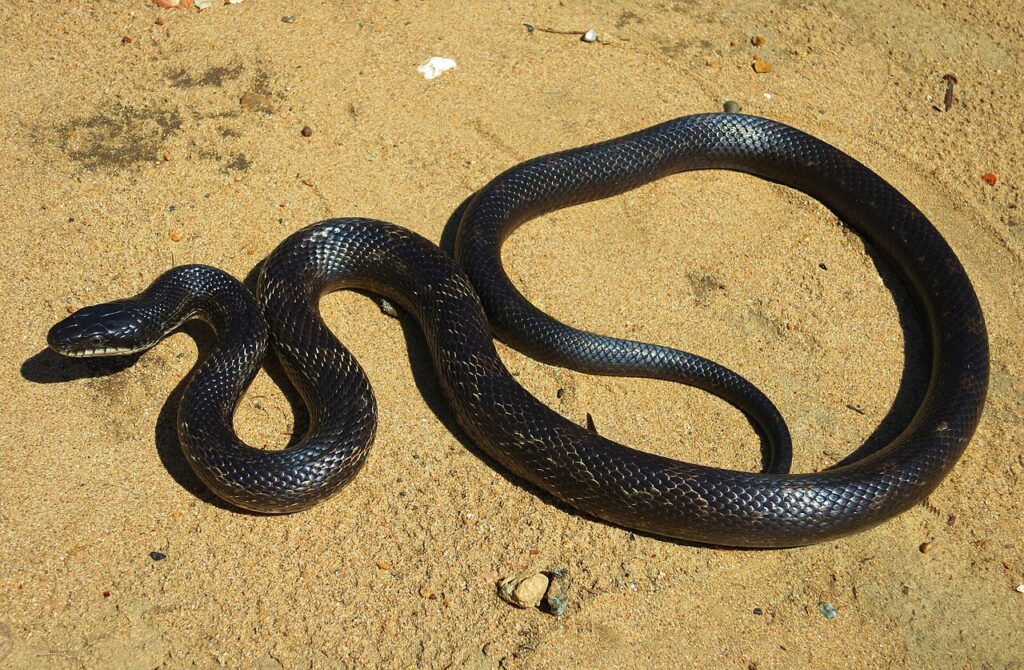
Non-venomous snakes often display seasonally adjusted defensive behaviors that correspond to their vulnerability levels throughout the year. During brumation (the reptilian equivalent of hibernation), many species like the black rat snake become significantly more tolerant of handling and less likely to display aggressive defensive behaviors, conserving energy during a period when metabolism is already severely reduced. Conversely, during breeding season, the same species may become hyper-defensive, employing multiple strategies simultaneously when threatened due to the increased evolutionary importance of survival during reproductive periods. Gravid (pregnant) females of many species demonstrate notably more persistent defensive displays compared to their non-reproductive counterparts, sometimes maintaining threat postures for extended periods rather than attempting to flee. These seasonal adjustments represent sophisticated behavioral adaptations that allow snakes to calibrate their defensive energy expenditure according to both their physiological state and the relative importance of immediate survival versus reproductive success at different points in their annual cycle.
Conclusion
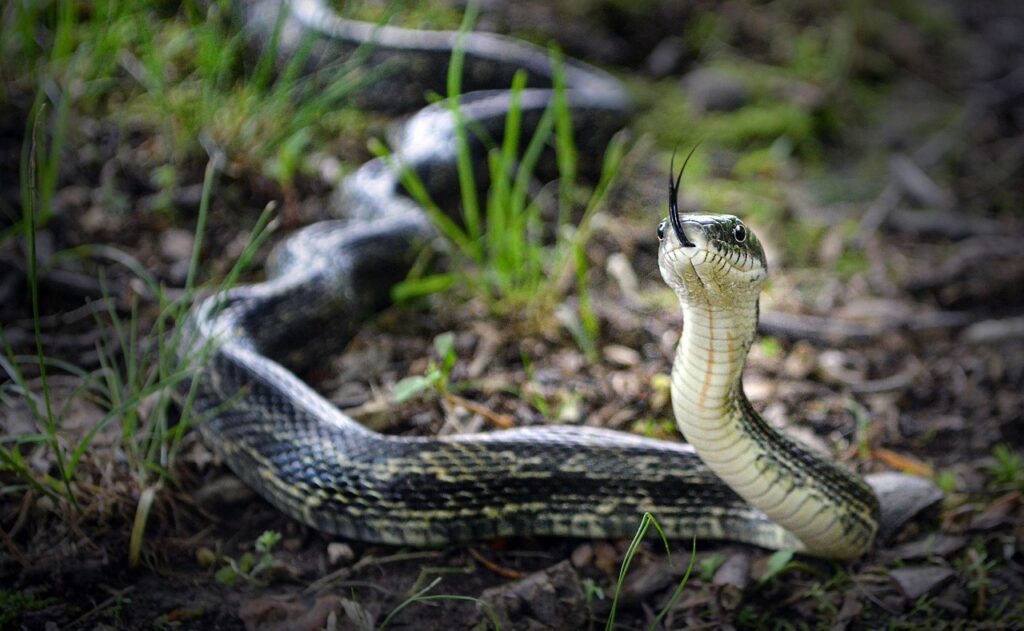
The diverse defense mechanisms employed by non-venomous snakes demonstrate nature’s remarkable capacity for developing alternative solutions to survival challenges. Without the advantage of venom, these reptiles have evolved an impressive arsenal of behavioral, physiological, and morphological adaptations that often prove just as effective as toxic bites. From elaborate mimicry and convincing death performances to chemical warfare and lightning-fast escapes, non-venomous snakes showcase the power of evolutionary adaptation. These defense strategies not only ensure their continued survival in predator-rich environments but also contribute to their successful occupation of diverse ecological niches worldwide. Understanding these defense mechanisms provides valuable insights into predator-prey dynamics and highlights the incredible resourcefulness that can develop when one seemingly crucial defense option—venom—is unavailable.

